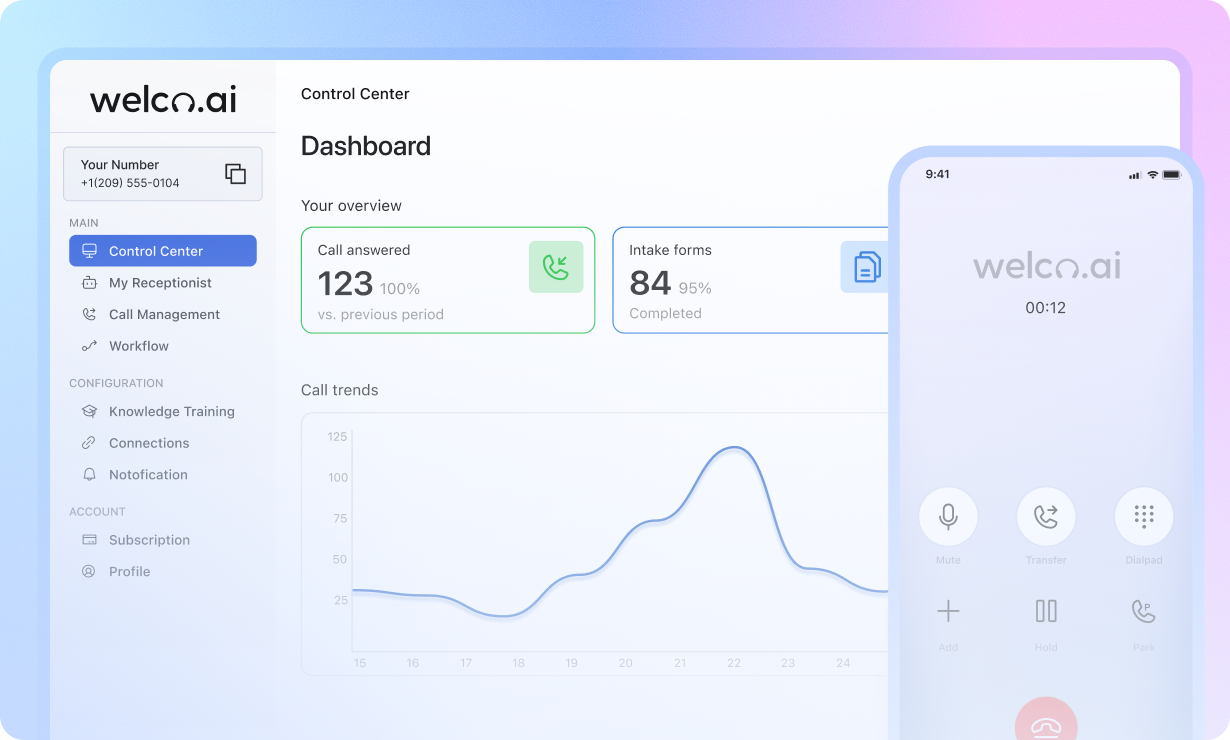Your Phone Keeps Ringing – But Are You
Answering Every Opportunity?
Running a small business means wearing every hat—sales, support, scheduling, and service. But when it comes to
phone calls, even the most dedicated teams struggle to keep up. Here’s what really happens behind the scenes.
Missed Calls Lead to Lost Clients
Every missed call is a chance lost before you even know it happened. Prospects won’t wait around—they move straight to someone else who answers quickly. Small moments like these quietly drain your revenue every day.
After-Hours Calls Become Lost Opportunities
Calls that come in after closing time rarely return. By morning, customers have already
booked with another provider, and your team never sees the lead you worked hard to win. Those hidden losses add up over the years.
Repetitive Questions Reduce Team Productivity
Your staff spends hours answering the same basic questions about hours, pricing, and services. All that time could be used for serving customers or completing projects, but repetition slows everything down.
No Time Left for Critical Follow-Ups
Busy schedules make follow-ups easy to miss. Between calls, visits, and daily tasks, leads slip through cracks, leaving customers waiting longer than they should. Missed follow-ups directly cost you trust, revenue, and growth.
Front Desk Overload Slows Response Times
One person can’t juggle multiple calls at the same time. When volume spikes, customers hang up before anyone can respond. That slow response frustrates new prospects and affects how reliable your business feels to clients.
High Reception Costs, Limited Coverage
Hiring a full-time receptionist is expensive, and still doesn’t solve nights, weekends, or
holidays. You pay for coverage that remains incomplete, and the gaps create inconsistent customer experiences across your business.
Why Businesses Choose Welco AI Receptionist
Stop Repeating the Same Answers
Welco automatically handles questions like “What are your hours?” or “Do you offer [specific service]?” Your team no longer wastes hours repeating themselves.

Never Miss a Lead—Even After Working Hours
Welco answers calls 24/7. If a potential client calls at 7 PM seeking a quote, Welco takes the call, collects the necessary details, and schedules a follow-up. You capture every opportunity, instead of losing prospects to competitors while your office is closed.
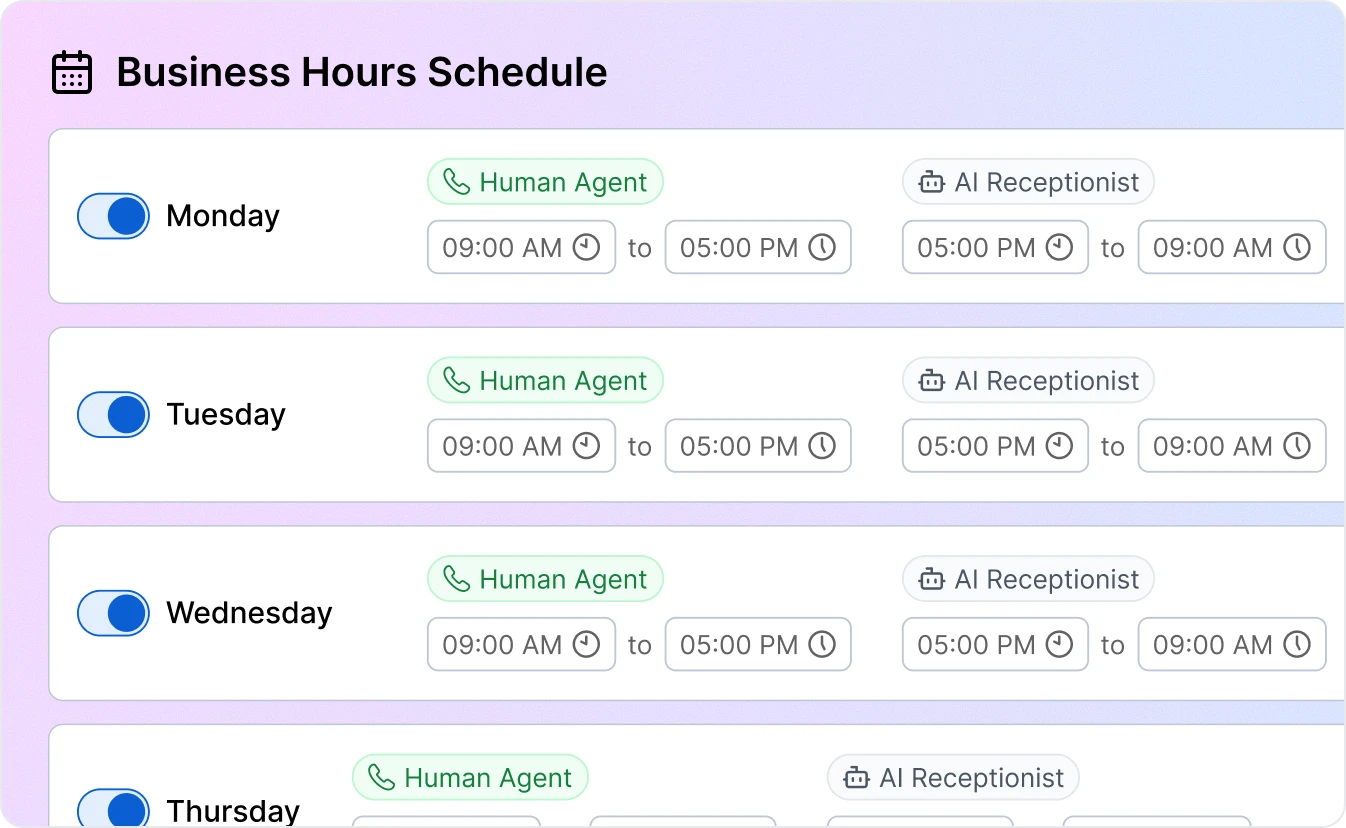
Set Up in Minutes, Not Weeks
Welco is ready to work immediately. No long training, no hiring delays, and no mistakes from the new human receptionist. Your AI receptionist starts taking calls and capturing leads from day one.
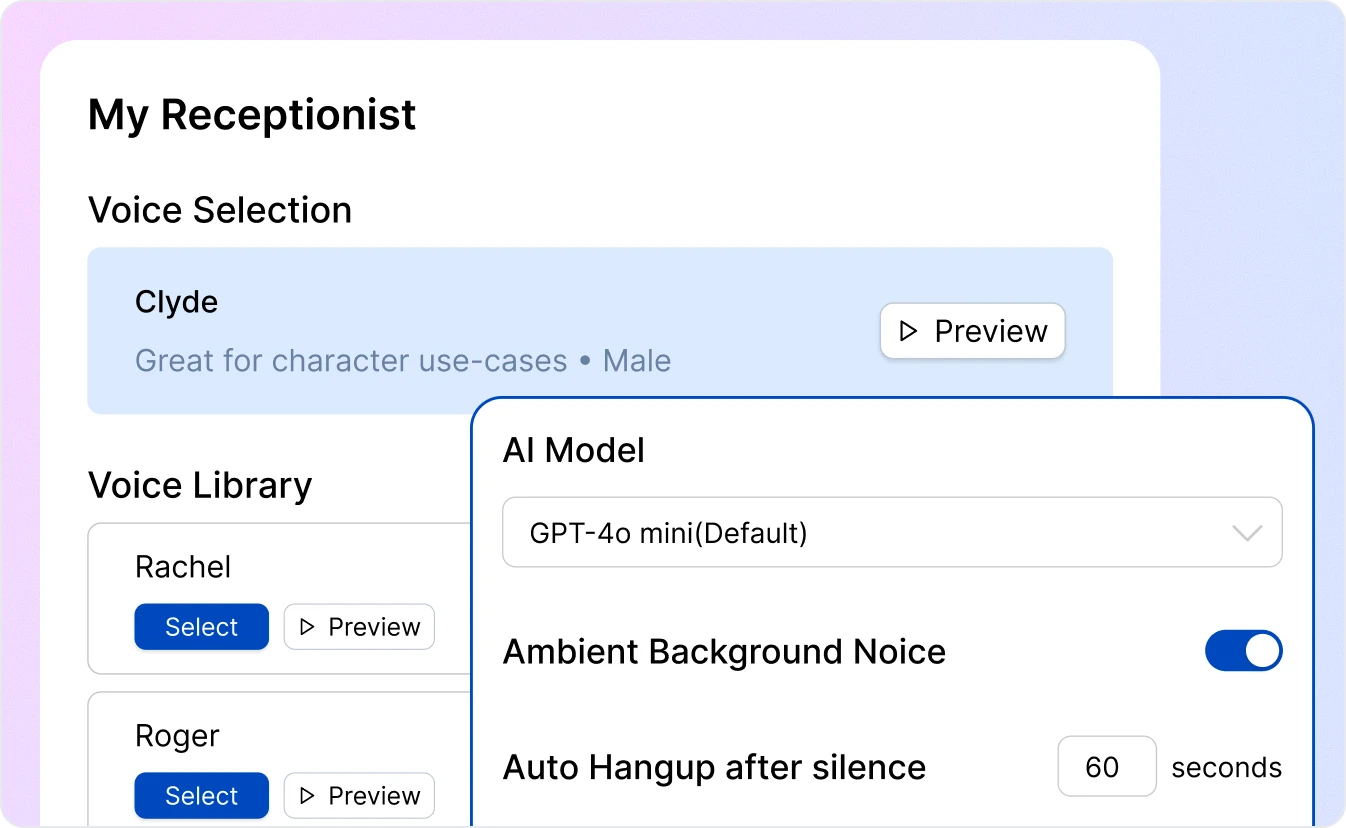
Save Money Without Sacrificing Service
Welco costs far less than a full-time receptionist—yet can handle dozens of calls at once, never takes a sick day, and never goes on vacation. You get a reliable receptionist at a fraction of the cost.
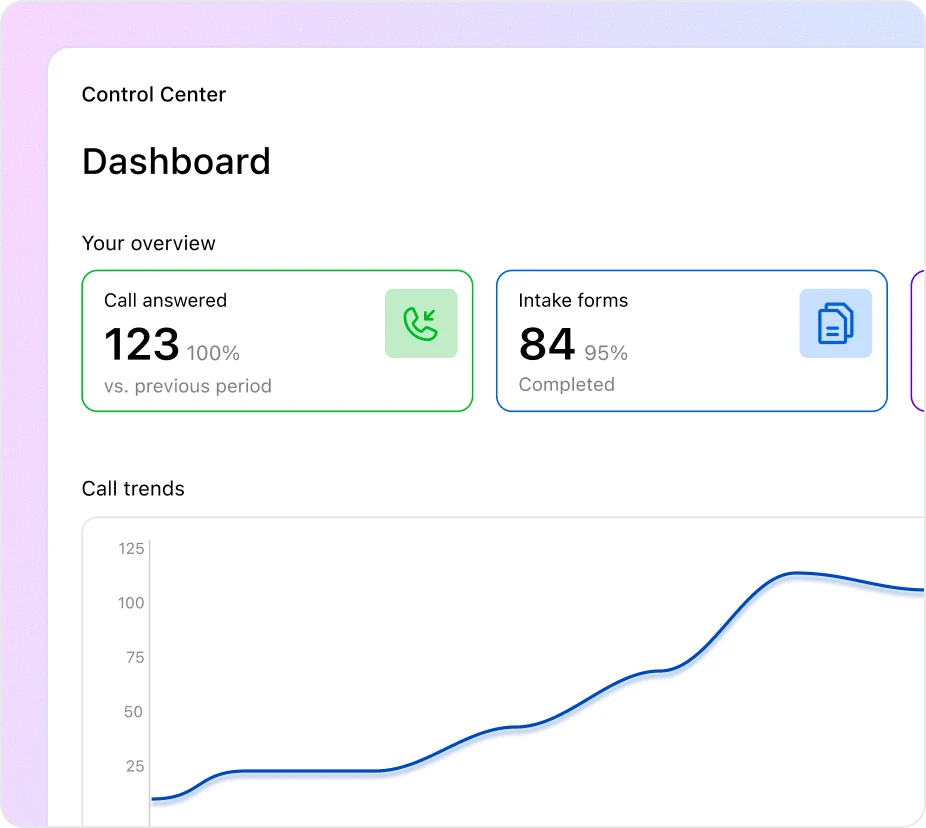
Hear How Our AI Receptionist Handles Calls
Wade Warren
Jenny Wilson
Albert Flores
Kristin Watson
Integrate Once. Automate Everything.
Welco AI connects to Zapier MCP, giving it access to 8,000+ apps so it can log calls, sync appointments, and update your tools in real time.
Welco AI Receptionist: Features That
Replace Your Front Desk
AI Call Routing
Automatically route calls to the right team member or department 24/7. Welco acts as your virtual front desk, managing all calls and ensuring no lead is missed.
Automated Intake & Forms
Collect customer details and appointment information automatically with your virtual receptionist appointment booking workflow.
SMS & Email Notifications
Keep clients informed with confirmations and updates using our AI answering service and text message answering service.
CRM & Calendar Integrations
Connect with Google Calendar, Zapier, Salesforce, Square, and Calendly to make Welco your AI phone receptionist for small business operations.
Multi-Language Receptionist
Answer calls in English, Spanish, and more. Welco functions as a live virtual receptionist and a 24-hour virtual receptionist for multicultural audiences.
Smart Call Analytics
Track performance and conversions accurately with your smart call handling service and telephone answering services.
Human Escalation
Complex calls are flagged for manual follow-up, providing reliable after-hours answering services and a 24/7 receptionist experience.
Voicemail-to-Text
Transcribe and log missed calls automatically so your team can respond quickly and stay on top of every inquiry.
Workflow Builder
Visually design powerful call flows using drag-and-drop tools that automate conversations, transfers, and integrations without writing code.
Setup Welco AI Receptionist in 15 Minutes
No complicated setup. No tech degree required. Just three simple steps, and your AI receptionist is answering calls.
1
Choose Your Phone Number
Use your Twilio number or pick a new local number instantly. No waiting, no paperwork, and no setup delays. Your system activates in seconds and is ready for real customer conversations.
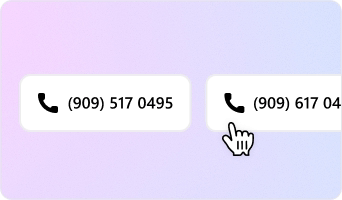
2
Add Your Business Details
Upload your FAQs, hours, pricing, and services. Add menus or documents if needed. Your AI receptionist learns it all instantly so callers get answers without any manual training required.

3
Start Receiving Customer Calls
You’re live immediately. Test your AI assistant, enable call transfers, or let it handle conversations for you. Every call is answered reliably, and your setup keeps working automatically.

All-Inclusive AI Receptionist Pricing Plan
From small startups to growing businesses, Welco AI Receptionist has a plan for you—never miss a call again.
Starter
Perfect for small businesses getting started with AI reception
$39/month
Features:
- Basic AI answering
- Add knowledge sources
- Dedicated phone number
- Email notifications
- Voice library selection
- Standard support hours
- 7 days free trial
Professional
Ideal for growing businesses needing
advanced features
$99/month
Features:
- Advanced AI with smart call analysis
- Email and text notifications
- Call recording & transcripts
- CRM & calendar integrations
- All Starter features
- Extended support hours
- 7 days free trial
Enterprise
Complete solution for businesses requiring unlimited usage
$149/month
Features:
- Unlimited minutes
- All Professional features
- Intake forms
- Call transfer
- Send text during calls
- Priority support
- Advanced integrations & API access
AI Receptionist Solutions for Every Industry
No matter your business type, the Welco AI receptionist ensures every call is answered and every opportunity captured.
The Challenge
BEFORE
Missed Calls & Double Bookings
Clients call to book haircuts or spa appointments, but front desk staff miss calls during busy hours or get distracted. Appointments are double-booked, and confirmations are delayed.
The Solution
With Welco AI
24/7 Service & Instant Booking
24/7 AI virtual receptionist answers every client call, books appointments instantly, sends automated confirmations and reminders, and frees staff to focus on styling and customer experience—never miss a booking.

Message
Your appointment with Lumière Salon is Confirmed for July 05, 2025.
now
The Challenge
BEFORE
Lost Leads & Delayed Showings
Prospective buyers and renters call about listings, but some inquiries go unanswered or take hours to follow up on. Leads get lost, and property showings are delayed.
The Solution
With Welco AI
Instant Lead Capture & Automated Scheduling
Welco captures every property inquiry, qualifies leads automatically, schedules showings, and sends follow-ups—ensuring no potential buyer or renter is missed.

Message
Your appointment is Confirmed for July 02, 2025.
now
The Challenge
BEFORE
After-Hours Emergencies Go Unanswered
Emergency service calls come in after hours or during busy jobs, but office staff can’t answer immediately. Customers call multiple times, causing frustration and lost business.
The Solution
With Welco AI
24/7 Emergency Response
24/7 AI virtual receptionist handles emergency calls, routes service requests instantly to available technicians, and records customer details—keeping operations smooth and ensuring no service call is lost.

Message
Your appointment is Confirmed for July 10, 2025.
now
The Challenge
BEFORE
Overwhelmed Front Desk & Missed Appointments
Patients calling for routine or urgent dental appointments often reach voicemail or wait on hold. Front desk staff are overwhelmed, resulting in missed bookings.
The Solution
With Welco AI
Automated Scheduling & Patient Care
Welco schedules appointments automatically, answers common patient questions, sends confirmations, and handles urgent inquiries—so every patient call is responded to promptly.

Message
Your appointment is Confirmed for July 08, 2025.
now
The Challenge
BEFORE
Peak-Hour Chaos & Frustrated Members
Membership inquiries, class sign-ups, and personal training bookings pile up during peak hours. Front desk staff struggle to respond in time, and clients get frustrated.
The Solution
With Welco AI
Seamless Member Management
24/7 AI virtual receptionist manages membership calls, class registrations, and trainer bookings, confirms appointments automatically, and frees staff to focus on client engagement.

Message
Your appointment is Confirmed for August 02, 2025.
now
The Challenge
BEFORE
Delayed Patient Care & Missed Calls
Patients call for check-ups, lab results, or urgent care, but front desk staff miss these calls while managing in-person visits, resulting in delayed care.
The Solution
With Welco AI
Always-On Patient Support
Welco answers every patient call, schedules appointments, triages urgent calls, and sends confirmations—streamlining operations and ensuring timely patient care.

Message
Your appointment is Confirmed for July 05, 2025.
now
The Challenge
BEFORE
On-Site Work Means Missed Opportunities
Clients call for estimates, project updates, or emergency services, but office staff miss calls while on-site, resulting in lost projects or delayed follow-ups.
The Solution
With Welco AI
Never Miss a Project Lead
Welco captures every estimate request, schedules site visits, routes calls to the right team member, and logs project inquiries—keeping your pipeline full and organized.

Message
Your appointment is Confirmed for July 05, 2025.
now
The Challenge
BEFORE
Missed Consultations & Delayed Responses
Clients call for consultations or case updates, but staff are tied up in meetings or court, leading to missed calls and delayed responses.
The Solution
With Welco AI
Professional Client Intake 24/7
24/7 AI virtual receptionist answers calls, schedules consultations, qualifies client inquiries, and routes complex cases to the right attorney—ensuring no opportunity or urgent matter is overlooked.

Message
Your appointment is Confirmed for July 05, 2025.
now
Frequently Asked Questions About Welco – AI Receptionist
Does Welco handle calls after business hours?
Yes! Welco works 24/7, ensuring you never miss a call. Whether it’s late at night or during holidays, your AI receptionist will answer, take messages, and schedule appointments automatically.
